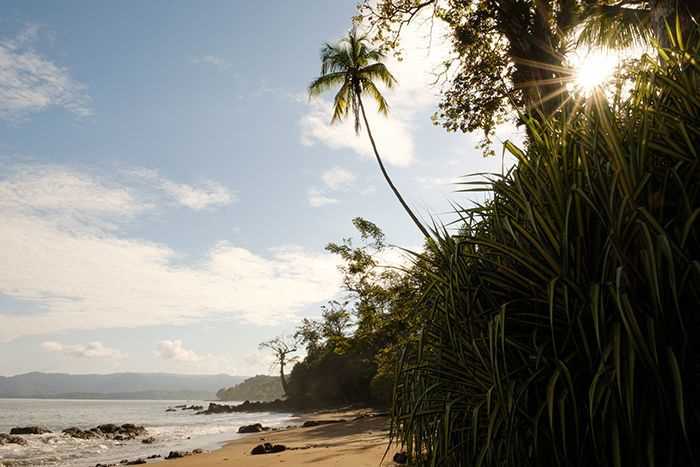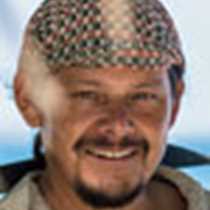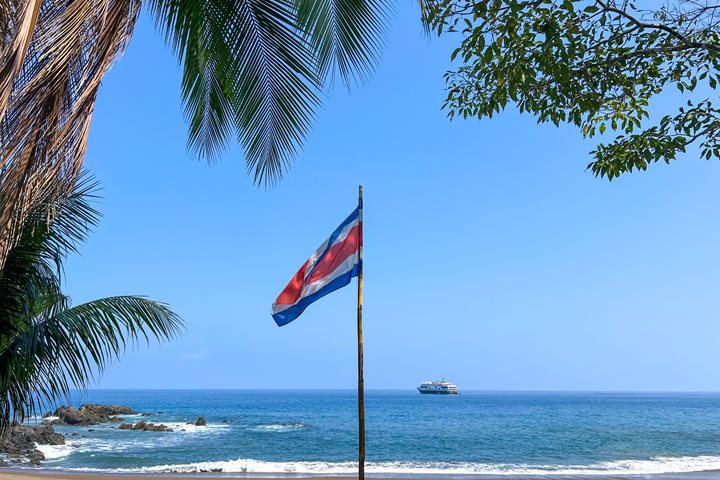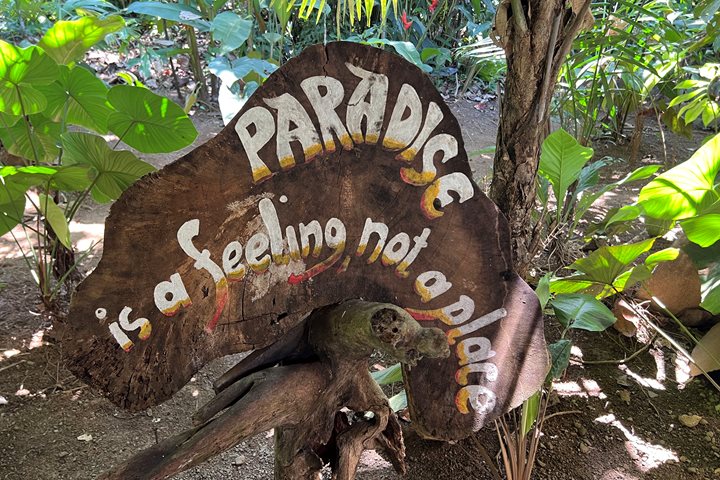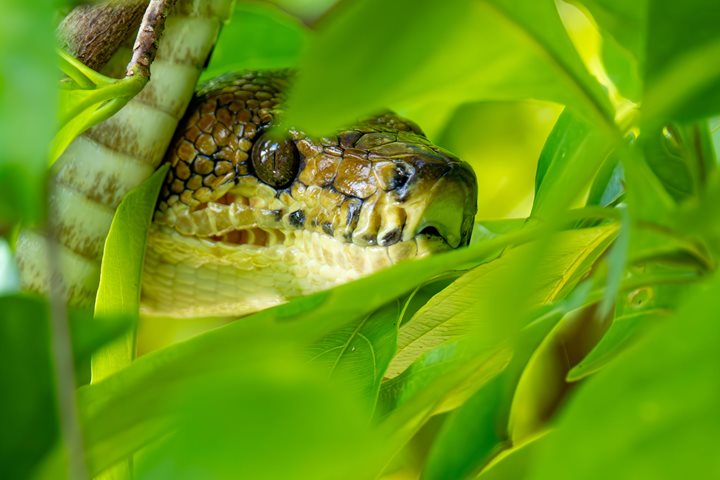This morning, we visited Caletas-Ario Mixed Wildlife Refuge, which is part of a buffer zone next to Corcovado National Park. Some guests decided to walk along the trails that flank a spectacularly pristine beach. Others preferred to enjoy their surroundings from the comfort of a beach chair under the shade of a giant mango tree. In the late afternoon, National Geographic Quest set sail to visit the perimeter of Caño Island. We enjoyed a beautiful sunset and spotted a mother humpback whale and her calf playing in the water. This area is one of the ten most important places in the world for whale-watching in both hemispheres.
3/20/2025
Read
National Geographic Quest
Caletas Private Reserve and Corcovado National Park
Over five days ago, we began our journey in Panama and now we’re on our last day in Costa Rica. We decided to explore one of the most important areas in terms of biodiversity, the Osa Peninsula. The Osa Peninsula is home to approximately 4% of the biodiversity in the world. For many years, people tried to mine the area because it is very rich in minerals, specifically gold. Over thirty years ago the government of Costa Rica decided to promote the country as a tourist destination and today it is a pioneer of sustainability in Central America. We began our morning activities offering different options for our guests. The first activity was a coastal walk, and some had the opportunity to see a boa, a white-throated capuchin monkey, and a mantled howler monkey. In the afternoon, part of our group chose to go for a waterfall hike led by our naturalists, and they finished at a swimming hole where they took time to relax and enjoy themselves. Other guests took the long Pargo trail where they saw a Central American spider monkey, and a tapir, one of the most difficult animals to see in the tropics. We finished our day with an amazing sunset from the bow of the National Geographic Quest , a great end to a great day.

